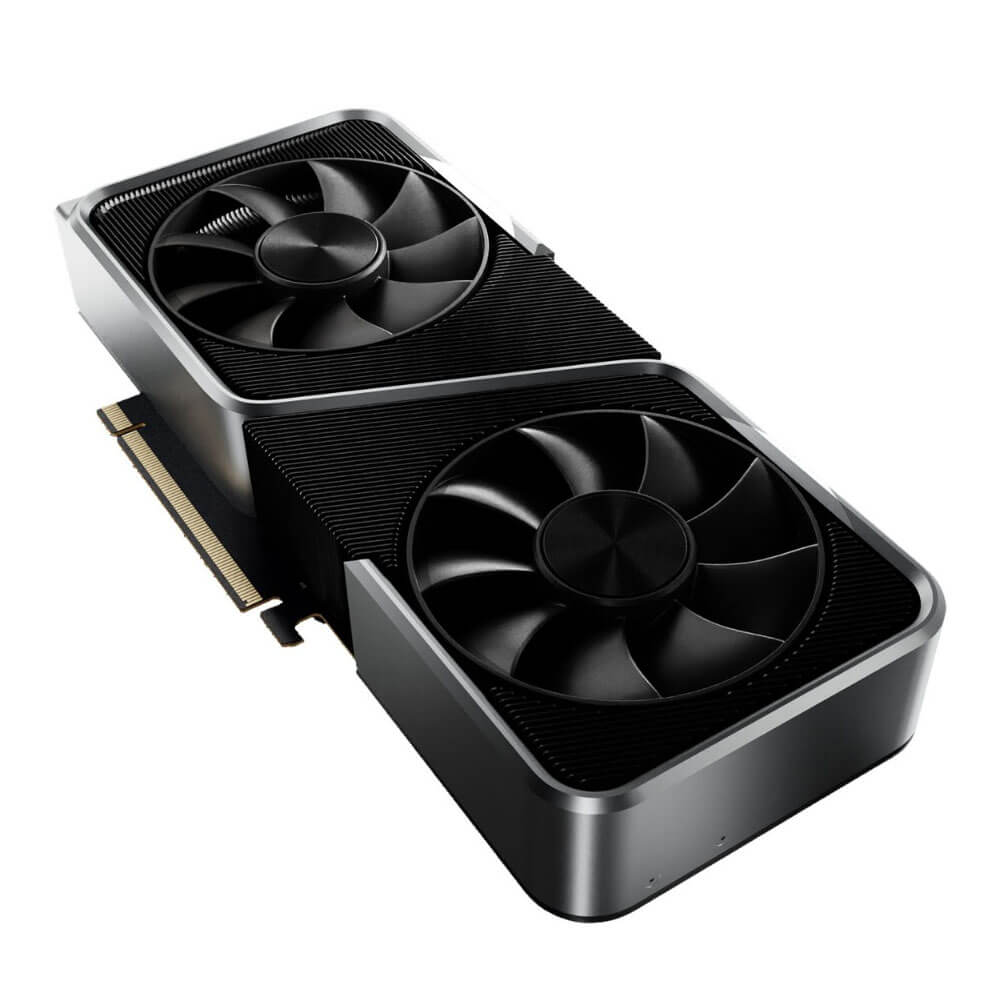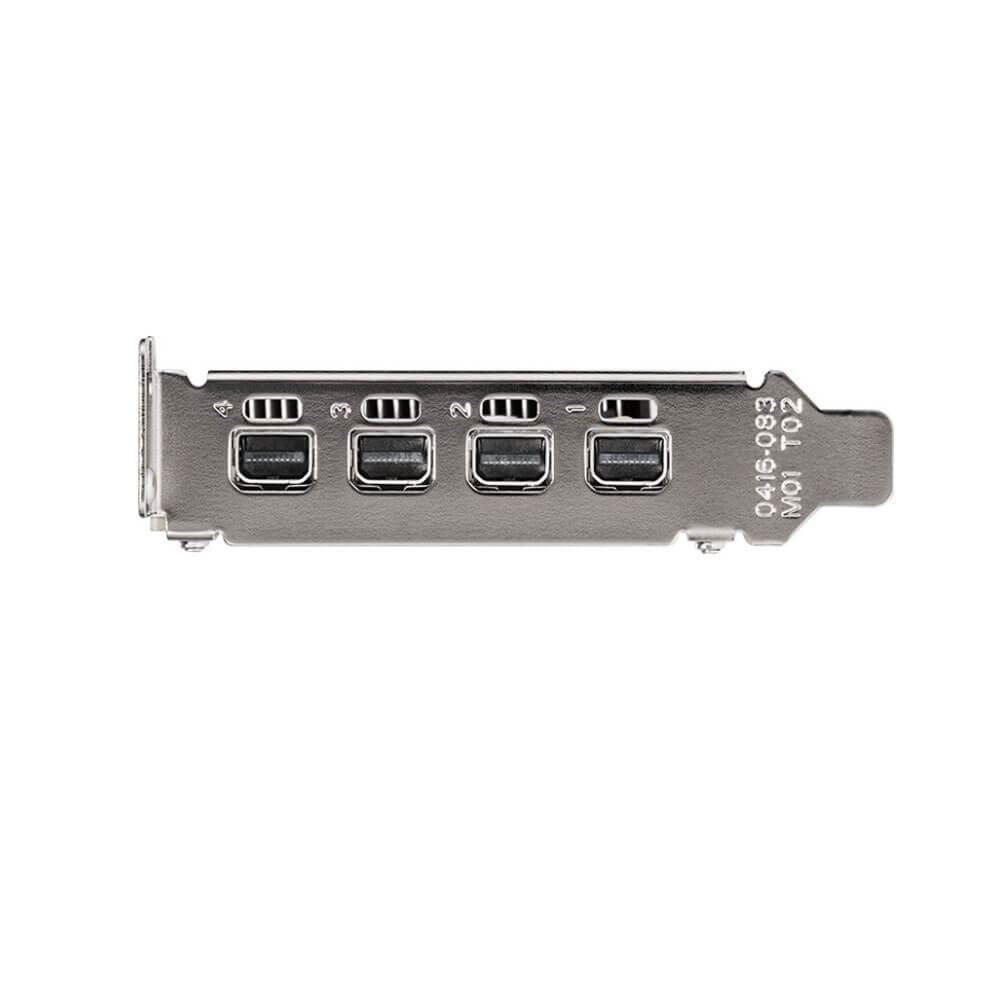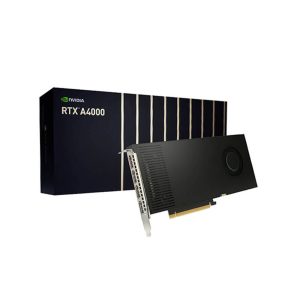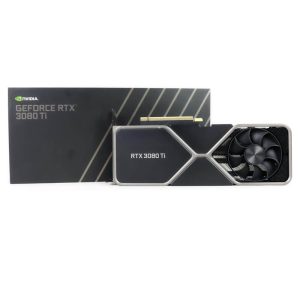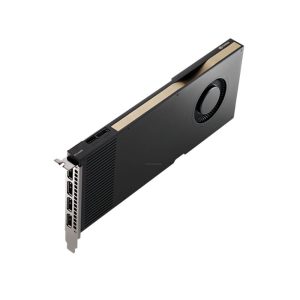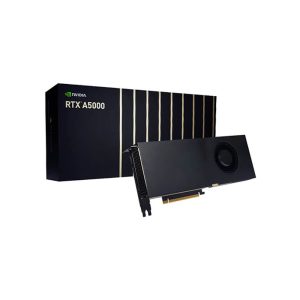NVIDIA GeForce RTX 5050 Graphics Card 8 GB
The NVIDIA GeForce RTX 5050 Graphics Card with 8GB GDDR6 memory is a versatile GPU designed for gaming and creative workflows. Built on the latest NVIDIA architecture, it features advanced RT and Tensor Cores for real-time ray tracing and AI-enhanced graphics. Ideal for 1080p gaming, the RTX 5050 delivers smooth performance, vivid visuals, and efficient power usage.
Min. Quantity – 5 Nos
Note: Below are the approximate and promotional prices. For the latest pricing and further details, please WhatsApp or call us at +91-8903657999.
₹58,000 ₹60,000
The GeForce RTX 5050 will be a graphics card by NVIDIA, that is expected to launch in 2025. Built on the unknown process, and based on the GB207 graphics processor, in its GB207 variant, the card supports DirectX 12 Ultimate. This ensures that all modern games will run on GeForce RTX 5050. Additionally, the DirectX 12 Ultimate capability guarantees support for hardware-raytracing, variable-rate shading and more, in upcoming video games. It features 2560 shading units, 80 texture mapping units, and 32 ROPs. Also included are 80 tensor cores which help improve the speed of machine learning applications. The card also has 20 raytracing acceleration cores. NVIDIA has paired 8 GB GDDR6 memory with the GeForce RTX 5050, which are connected using a 128-bit memory interface. The GPU is operating at a frequency of 2235 MHz, which can be boosted up to 2520 MHz, memory is running at 1750 MHz (14 Gbps effective).
Being a dual-slot card, the NVIDIA GeForce RTX 5050 draws power from 1x 16-pin power connector, with power draw rated at 100 W maximum. Display outputs include: 1x HDMI 2.1, 3x DisplayPort 1.4a. GeForce RTX 5050 is connected to the rest of the system using a PCI-Express 5.0 x16 interface.
Key Features:
- Blackwell Architecture
- CUDA Cores
- Equipped with 4,096 CUDA cores, the RTX 5050 delivers solid parallel processing performance for gaming, rendering, and multitasking.
- 3rd-Generation RT Cores
- Provides efficient real-time ray tracing, allowing for immersive visuals with realistic lighting, shadows, and reflections.
- 5th-Generation Tensor Cores
- Powers AI-driven features like DLSS 4.0, improving frame rates and enhancing image quality in both gaming and productivity applications.
- 8 GB GDDR6 Memory
- High-Speed Memory
- The 8 GB of GDDR6 memory ensures smooth performance in modern games and basic content creation workflows.
- Optimized Bandwidth
- Offers a memory bandwidth of 400 GB/s, enabling efficient handling of high-resolution textures and multitasking.
- DLSS 4.0
- AI-Powered Upscaling
- Uses deep learning to upscale resolutions, delivering higher frame rates and improved visual fidelity.
- Enhanced Productivity
- Accelerates rendering and video editing tasks, boosting overall efficiency for creators.
- Real-Time Ray Tracing
- Immersive Graphics
- Provides cinematic-quality visuals with real-time ray tracing, enhancing realism in gaming and creative workflows.
- Energy Efficiency and Cooling
- Optimized Power Consumption
- Operates at a TDP of approximately 150W, balancing performance and energy efficiency.
- Advanced Cooling Solutions
- Features axial fan technology and efficient heat dissipation to maintain stable performance under load.
- Future-Ready Connectivity
- Display Outputs
- Includes HDMI 2.1a and DisplayPort 2.1, supporting resolutions up to 8K at 60Hz or 4K at 120Hz, ideal for entry-level multi-monitor setups.
- PCIe 5.0 Interface
- Ensures fast data transfer and compatibility with next-generation systems.
- NVIDIA Ecosystem Features
- NVIDIA Reflex
- Reduces system latency, enhancing responsiveness for esports and competitive gaming.
- NVIDIA Broadcast
- AI-powered enhancements like noise suppression, background effects, and auto-framing elevate live streaming and video conferencing.
- NVIDIA Studio Drivers
- Ensures stability and performance in professional creative applications.
Applications:
- Gaming
-
- 1080p Gaming Excellence: Optimized for smooth gameplay at 1080p resolution, delivering high frame rates and good visuals for modern games.
- Ray-Traced Gaming: Brings immersive graphics with realistic lighting and shadows for cinematic gaming experiences.
- Esports and Competitive Gaming: Low latency and high refresh rates ensure a competitive edge in fast-paced titles.
- Content Creation
-
- Basic 3D Rendering and Animation: Handles light 3D workflows and entry-level modeling tasks in Blender and Maya.
- Video Editing and Post-Production: Supports 4K video editing, color grading, and basic visual effects in Adobe Premiere Pro.
- Graphic Design: Provides smooth performance for graphic-intensive tools like Adobe Photoshop and Illustrator.
- Professional Workloads
-
- AI and Machine Learning: Accelerates smaller-scale AI model training and inferencing for developers.
- CAD and Design: Supports basic CAD workflows for engineering and architectural tasks.
- Data Visualization: Processes moderate datasets for analytics and visualization in scientific and business applications.
- Streaming and Broadcasting
-
- Professional Streaming: AI-driven features in NVIDIA Broadcast enhance streaming quality for gamers and creators.
- Live Content Production: Efficiently handles encoding and transcoding for seamless multimedia workflows.
Why Choose the NVIDIA GeForce RTX 5050 Graphics Card 8 GB?
- Affordable Performance
- Offers solid performance for gaming, content creation, and professional tasks at a competitive price.
- Advanced Real-Time Ray Tracing
- Provides immersive visuals with 3rd-generation RT Cores, enhancing both gaming and creative workflows.
- AI-Powered DLSS 4.0
- Boosts frame rates and improves visual fidelity, making it ideal for 1080p gaming and multitasking.
- Energy Efficiency
- Operates at a TDP of 150W, making it suitable for compact and energy-conscious systems.
- Future-Ready Connectivity
- Equipped with PCIe 5.0, HDMI 2.1a, and DisplayPort 2.1, ensuring compatibility with the latest hardware and displays.
- Versatile Applications
- Perfect for gaming, light content creation, and entry-level professional workloads, offering flexibility for various use cases.
- NVIDIA Ecosystem Integration
- Fully compatible with NVIDIA Reflex, Broadcast, and Studio Drivers, enhancing functionality for gaming, streaming, and creative workflows.
| Product Name | NVIDIA GeForce RTX 5050 |
| Manufacturer | NVIDIA |
| Memory | 8 GB GDDR6 |
| Memory Bus | 128 bit |
| Bandwidth | 224.0 GB/s |
| Base Clock | 2235 MHz |
| Boost Clock | 2520 MHz |
| TDP | 100 W |
| PSU | 300 W |
| Outputs | 1x HDMI 2.1,3x DisplayPort 1.4a |
| Power Connectors | 1x 16-pin |
| Bus Interface | PCIe 5.0 x16 |
| Dimensions | 12.5 x 5.0 x 1.5 inches (318 x 127 x 38 mm) |
| Weight | 1.5 kg (approx.) |


